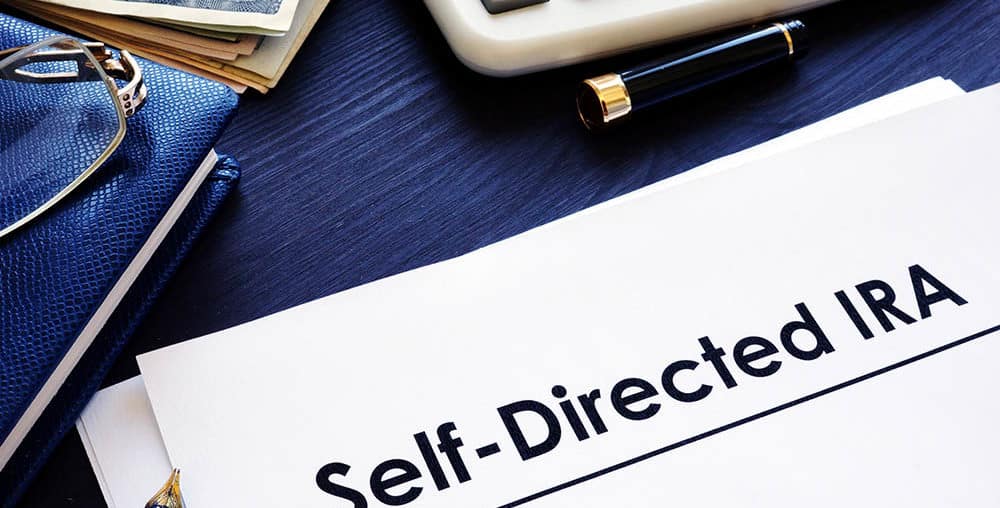
In January 2022, The North American Securities Administrators Association (“NASAA”) released its annual list of top investor threats. NASAA prepared the list by identifying the most cited threats compiled through a survey of North American securities regulators. Three common investor threats from NASAA’s list include:
Financial schemes involving self-directed IRA accounts pose a unique threat to investors. Unfortunately, these schemes often target senior citizens and retirees.
To open any kind of IRA account, one must use an IRS-approved institution firm that will serve as the account’s custodian. The custodian then acts as an intermediary between an investor and an investment.
In self-directed IRAs, investors have decision-making power over their investments in the IRA. Sometimes, a promoter approaches an investor and offers an investment opportunity that the company holding the investor’s IRA does not have. The promoter will then direct the investor to transfer money from their original IRA to a new, third-party custodian to facilitate the transaction. The third-party custodian, however, does not hold the received investment funds or assets. The third-party custodian transfers investment funds directly to the issuer when an investment is made.
Unfortunately, fraudsters exploit the mechanics of self-directed IRAs and third-party custodians to affect their schemes through misrepresentation and obfuscation. For more information on the risk of fraud in self-directed IRAs, read the Securities and Exchange Commission’s Investor Alert.
Cryptocurrencies are digital assets created by companies or individuals that take the form of virtual coin or tokens. Cryptocurrencies are intangible, exist only on the internet, are not insured by banks or the government. There is the little regulatory framework for digital assets.
NASAA identified common fraudulent schemes involving digital assets, two of which are described below.
A promissory note is a written promise to pay or repay) a specified sum of money at a stated time in the future or upon demand. Promissory notes typically pay interest either periodically prior to the maturity of the note or in a lump sum at maturity.
NASAA uses the following example to describe a fraudulent promissory note scheme:
Suppose a business person you meet through a community networking event introduces an intriguing investment opportunity – a company he or she is connected with is looking to expand its business and needs to raise money.
Instead of borrowing money from a bank, the company is offering the opportunity to purchase “promissory notes” with a maturity of 12 months and an annual interest rate of 8 percent paid in monthly installments. As a purchaser, you have the option to take your money out after one year or renew the note.
The promoter emphasizes that this investment is better than other investments because it is not subject to market volatility, the principal and rate of return are guaranteed, and the company has never missed a payment to an investor. You may be pressured to move money quickly from other investments into these notes or to borrow from your home equity to invest.
Promissory Note Red Flags
State securities regulators identify the following characteristics as red flags for promissory notes:
To protect against promissory note fraud, investors have several resources. Among them include reviewing SEC’s EDGAR Database or a state’s securities regulator to confirm that the notes are registered or legally exempt from registration, researching the company, asking a seller for information such as their commission, and involving a trusted, independent financial professional, lawyer or accountant.
KlaymanToskes is a leading national securities law firm that practices exclusively in the field of securities arbitration on behalf of retail and institutional investors throughout the world in large and complex securities matters. KlaymanToskes has recovered more than $230 million for investors in FINRA arbitrations. KlaymanToskes has office locations in California, Florida, New York, and Puerto Rico.
KlaymanToskes
Lawrence L. Klayman, Esq.
888-997-9956
lklayman@klaymantoskes.com